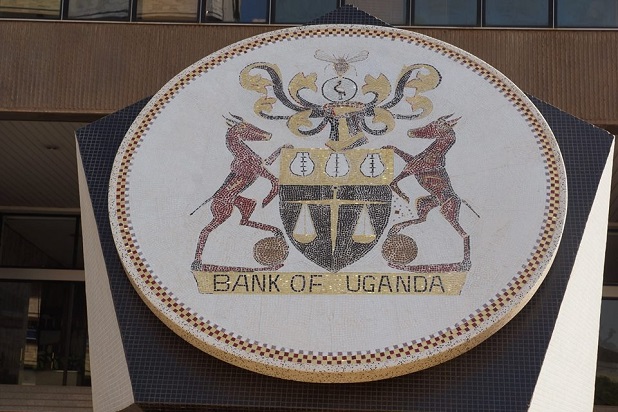The banking industry registered some strength towards the end of the financial year 2024, despite the closure of two Tier II lenders in the last half of the year.
EFC Uganda Limited was closed in January and Mercantile Credit Bank Uganda in June 2024, in both cases, the Bank of Uganda cited undercapitalization among the reasons.
This was mainly because the regulator revised upwards the minimum capital requirements for each category of the regulated financial institutions, with the aim of ensuring that the lenders maintained enough resources to meet their financial obligations to their customers as and when they arose.
This meant that those unable to meet the requirements either had to merge, be acquired, downgrade to lower categories or close business.
On July 6, 2023, the BOU directed that commercial banks and credit institutions maintain a minimum paid up capital requirements of 150 billion for commercial banks and 25 billion shillings for credit institutions, effective June 30, 2024.
Financial experts welcomed the move by BoU as one that would strengthen the sector for the good of customers and their deposits.
“The action taken by BoU demonstrates its continued commitment to ensuring that financial institutions maintain adequate high-quality capital to safeguard the interests of depositors, shareholders and other stakeholders,” said Peter Ojekunle Senior Manager, Risk Assurance Services at PwC Uganda.
According to him this move also helps the regulator to avoid the potential need for substantial bailouts in the event of institutional failures.
The action was also a result of the Basel Accords: Basel I, Basel II, and Basel III, declarations which are the most well-known set of regulatory requirements for bank capital.
These are global agreements that establish rules and requirements aimed at ensuring that banks maintain adequate capital reserves relative to their risk exposures, enabling them to withstand economic downturns.
Some commercial banks decided to have their licences downgraded, to avoid repercussions of failure to meet the minimum requirement by the set deadline.
BOU says the sector then ended the year stronger.
“Systemic risk in the banking sector decreased due to stabile economic conditions, improved liquidity and easing Monetary Policy,” the Bank says in a quarterly update, but adds, “structural and operational challenges such as deposit concentration and fraud persisted.”
The Quarterly Financial Stability Review provides an overview of the quarterly performance and risk assessment of the banking sector, focusing on developments in the key financial stability indicators while the risk assessment involves an analysis of the sector’s resilience to shocks using indices and stress tests.
On the risks, the report says macro risks were “moderate” due to lower inflation and a relatively stable foreign exchange rate.
The easing of the Monetary Policy, which saw the Central Bank Rate remain stable for most of the half before slightly falling to now 10.0 percent, saw some increase in credit extensions and improvement in asset quality.
This in turn saw moderate credit risk and a reduction in the rate of non-performing loans (NPL) from 5.9 percent in July 2023 to 5.4 percent in July 2024.
BOU expects credit conditions to improve further as the Monetary Policy continues to ease.
On the structure of the sector, the report notes a reduction in Banking sector concentration, as the top three institutions slightly shed their share of total deposits.
“BoU has continued to ensure enhanced monitoring of the largest bank’s performance and compliance with the various prudential limits,” it says.
On a negative note, however, operational risk increased due to fraud incidents recorded at some Institutions, which could affect capital adequacy of banks.
The Central Bank says it continued to engage industry players to ensure appropriate operational risk mitigation measures.
Others indicators of the the strengthened industry were the buffers. Banks strengthened their liquidity by increasing “high quality assets” by 13.4 percent through more Investment in government securities.
High quality assets are those assets which have a very low risk of losing value while they can easily be converted into cash.
The rise in these category of assets the Liquidity Coverage Ratio (the proportion of highly liquid assets to total assets) was 371.6 percent, while the assets-to-deposit ratio was 46 percent both well above the required minimums.
The regulator prides in the increased capital buffers against shocks.
In its efforts to address the systemic risks mentioned, BoU says it will continue engaging the supervised financial institutions (SFIs) to fast-track the outstanding corrective measures.
It also plans to assess the high deposit interest rates in some SFIs and formulate measures to address the associated risks.





